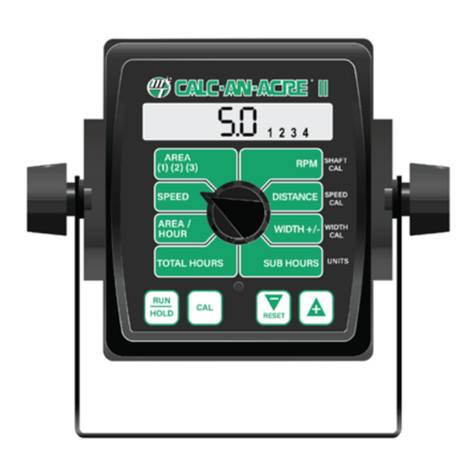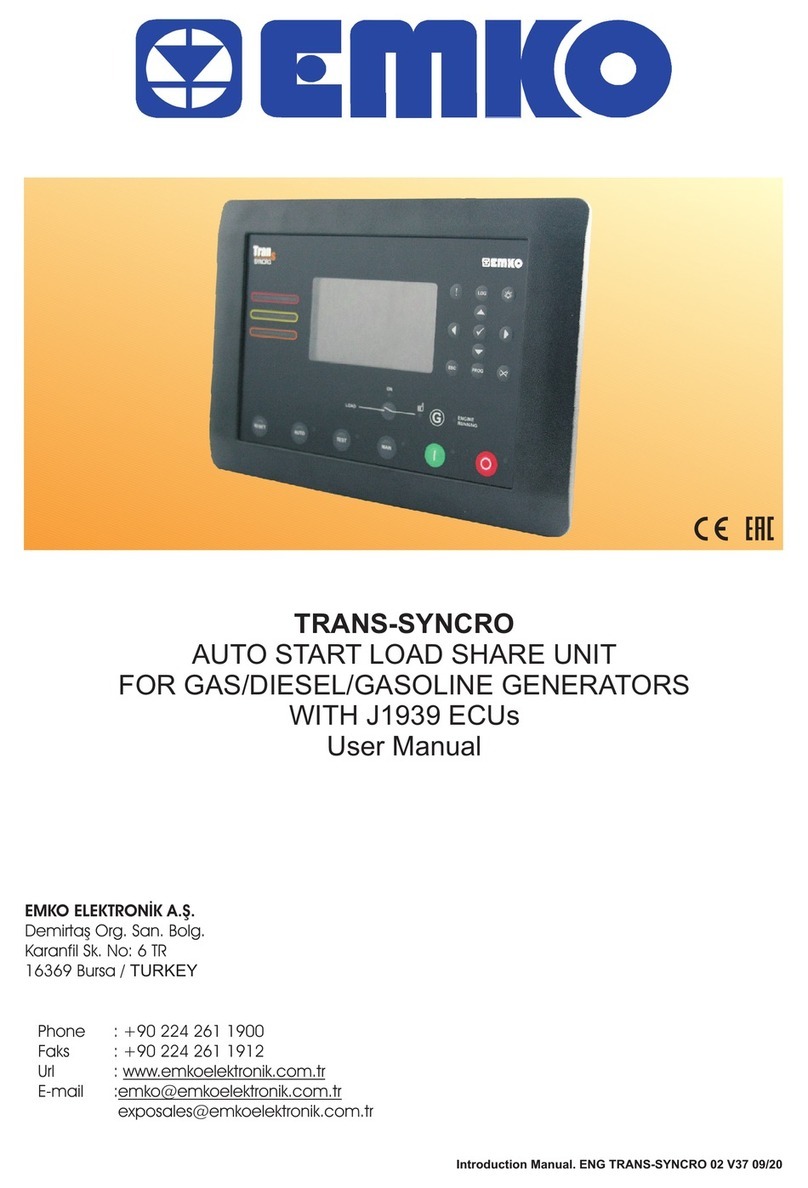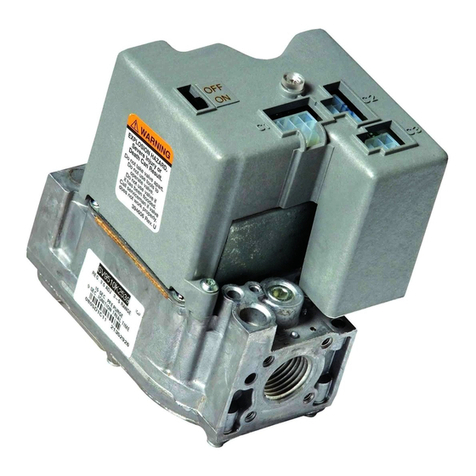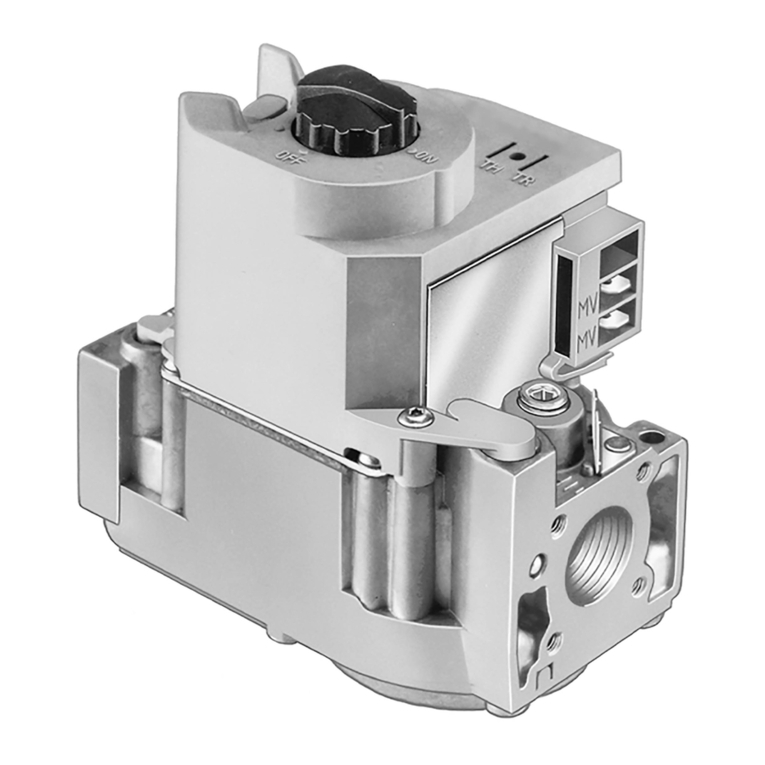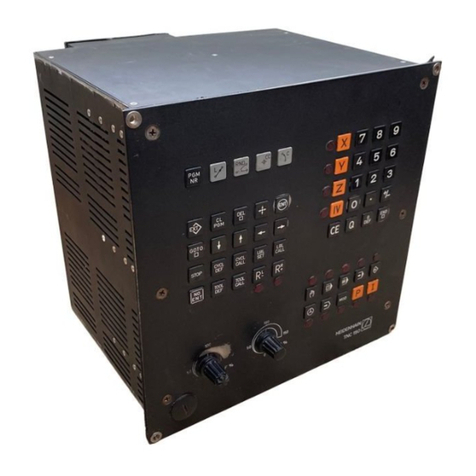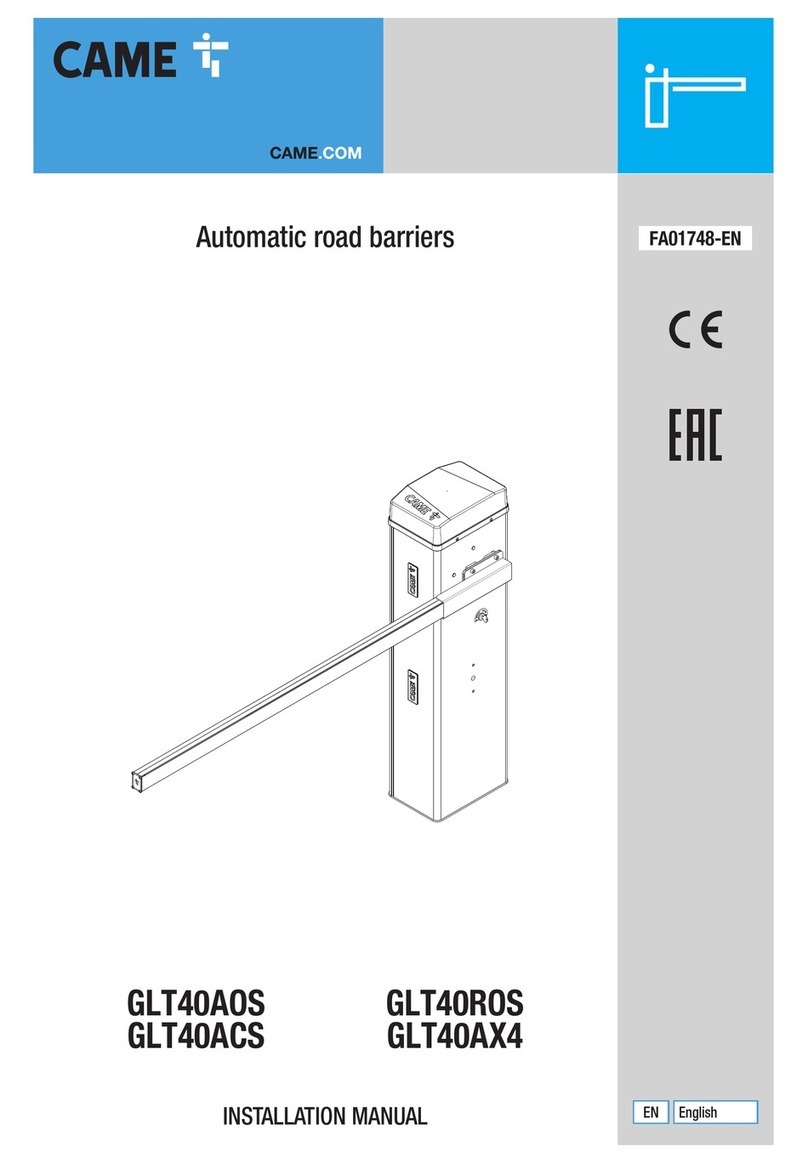
R7910A SOLA HC (HYDRONIC CONTROL) R7911 SOLA SC (STEAM CONTROL)
5 66-1171—04
FEATURES, continued
Access codes through the display allow for different levels of
setup.
— The OEM level allows for equipment to operate within
guidelines that they feel necessary for safe and effi-
cient operation of their equipment. The OEM makes
available the parameters that the installing contractor
needs for installation adjustments of the equipment.
— The installer setup information is customized by the
OEM. The access code for the installer level must be
obtained from the OEM.
— The User level allows for non critical adjustments for
the individual piece of equipment. These would
include but not limited to:
• Read the error log from R7910A/R7911.
• Monitor the input and output variables of the
controller.
• Read parameters from R7910A/R7911.
• CH and DHW setpoint adjustment.
Operational Features
Self Test
The Safety Processor performs Dynamic Self Checks that
supervise microcomputer performance to ensure proper
operation. The microcomputer tests itself and its associated
hardware with comprehensive safety routines. Any
malfunction will be detected by the microcomputer to cause a
safety shutdown and cause the Dynamic Safety Relay to de-
energize all safety-critical loads.
Initialization
The R7910A/R7911 will start up in either the configured or
unconfigured condition. In the Configured condition it is ready
to operate a burner.
The R7910A/R7911 is in the unconfigured condition whenever
a safety parameter requires editing (Commissioning). The
R7910A/R7911 remains unconfigured and will not operate a
burner until all safety parameters have been reviewed and
confirmed.
Safety Lockout
The R7910A/R7911 can be set up to maintain a lockout
condition on power interruption or to reset the lockout on a
power interruption.
Reset
Pressing and releasing the reset button (or the remote reset
input) causes a lockout condition to be cleared, and the
microcomputer that operates the burner control part of the
R7910A/R7911 to reinitialize and restart.
A safety lockout can also be reset through a writable
parameter from the system display through Modbus.
Fault Handling
The R7910A/R7911 implements two kinds of faults: lockouts
and alerts.
Lockout messages are stored in the R7910/R7911 non-
volatile memory (File and lockout remain with power
interruption) and Alerts are stored in the volatile memory (file
clears on power interruption).
•Lockout causes the burner control to shutdown and
requires manual or remote reset to clear the lockout.
• It always causes the alarm contact to close.
• Gets logged into the 15 item lockout history.
•Alerts include every other kind of problem that does not
shut the burner down. Examples of alerts are faults from
non–safety functions or abnormal events that are relevant
to an operator or end user.
• Alerts never require manual intervention to reset
them (an alert is not a condition, it is an event).
• Whether the alarm contact closes or not is
programmable by the OEM for each alert.
• Alerts are logged in the 15 item alert history and
sorted in chronological order. Only one instance of
each alert fault code occurs in the history,
corresponding to the most recent occurrence of the
alert.
Sensor Select
Inputs for Header or Outdoor temperature sensors might be
available from various sources, so parameters are provided to
select the input source. These parameters determine:
• how temperatures are obtained;
• if/where temperature information is stored;
• where a control loop gets its data.
Sensor Signal Conditioning
The analog sensors signal includes filtering to reduce the
effect of noise and spurious read events. This filter includes
averaging to smooth sensor output and reject occasional
spurious values to prevent them from affecting the average.
Sensors won’t cause a fault condition unless the value is
requested for control purposes. Thus it is not a fault for a
sensor to be absent or otherwise non-operational unless it is
used for something (i.e. outdoor temperature).
If its value is requested and a sensor fault exists, then an alert
condition is triggered by the requestor in response to the fault
status, unless this is either a normal operating condition (e.g.,
the DHW sensor used as a switch) or causes a lockout (e.g., a
failed high limit sensor).
Safety sensors include the comparison of redundant sensors.
If a safety sensor mismatch occurs this is reported to the
caller as a fault (which will cause the operator to take an
appropriate action).
Sensor faults will include:
• out-of-range: low
•out-of-range: high—distinguishing low vs. high is
important when sensor inputs are being used as digital
on/off inputs; in this case these out-of-range values are not
faults.
•mismatch—applies to safety sensors, where two sensors
are compared.



